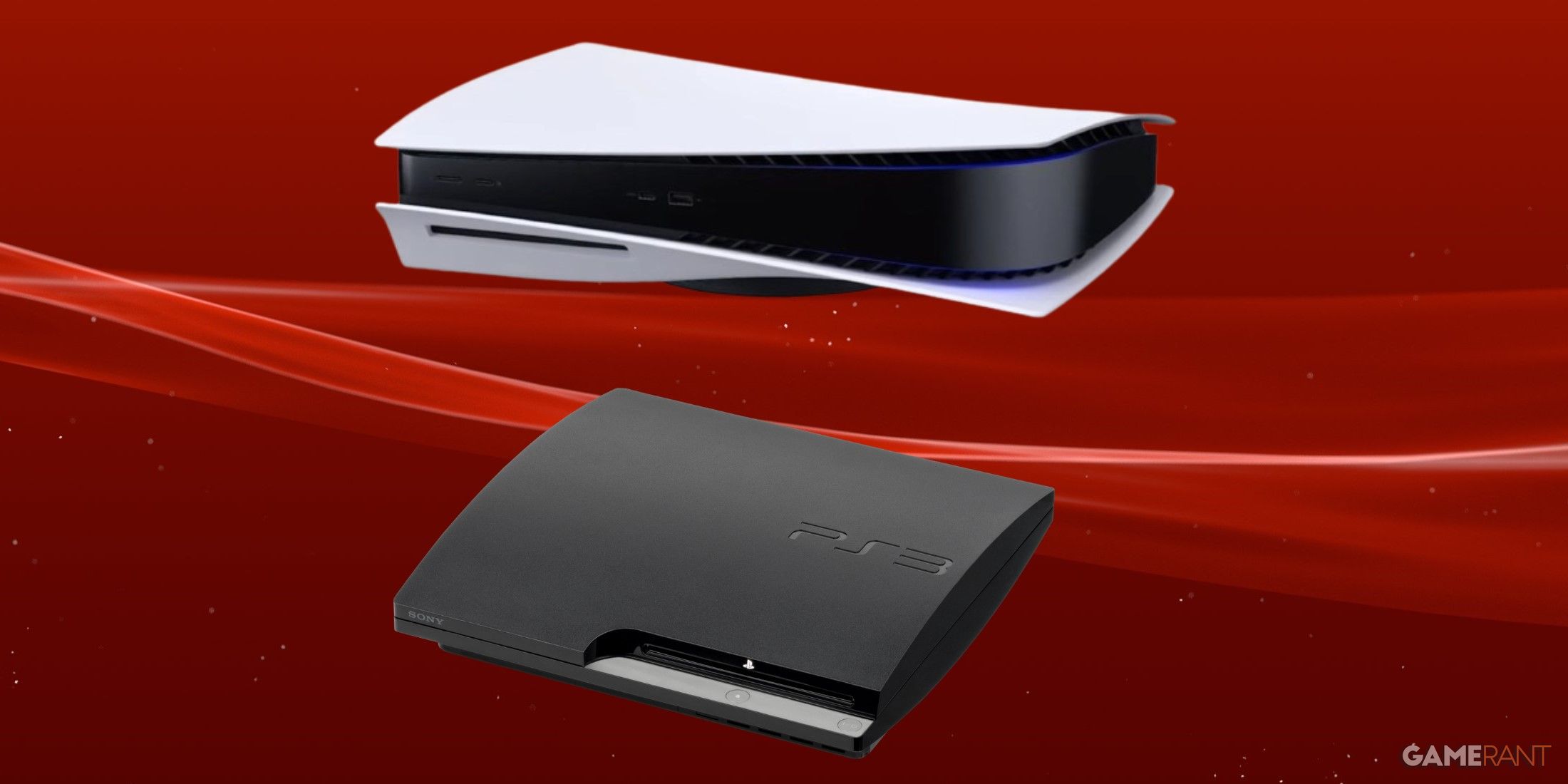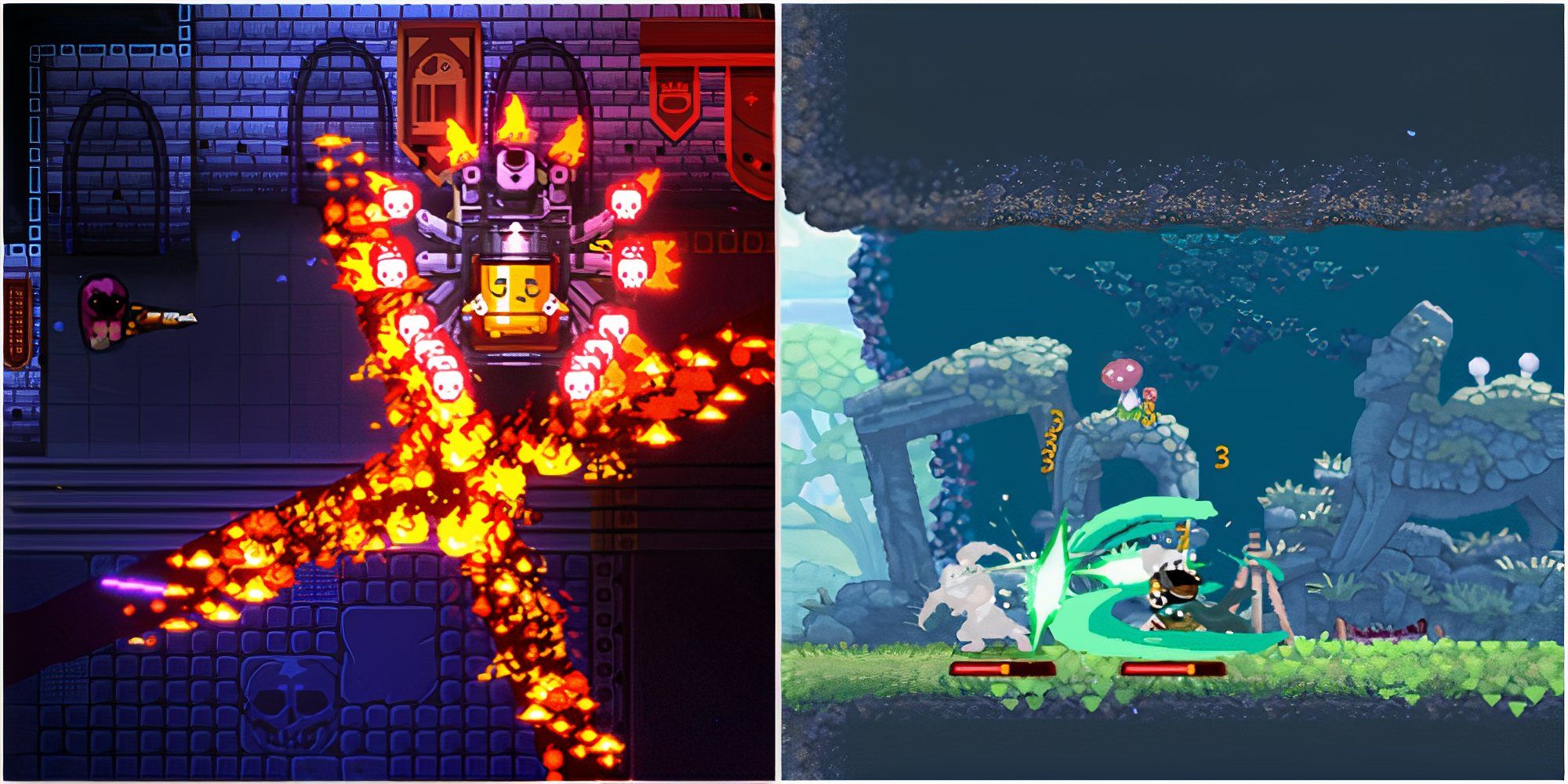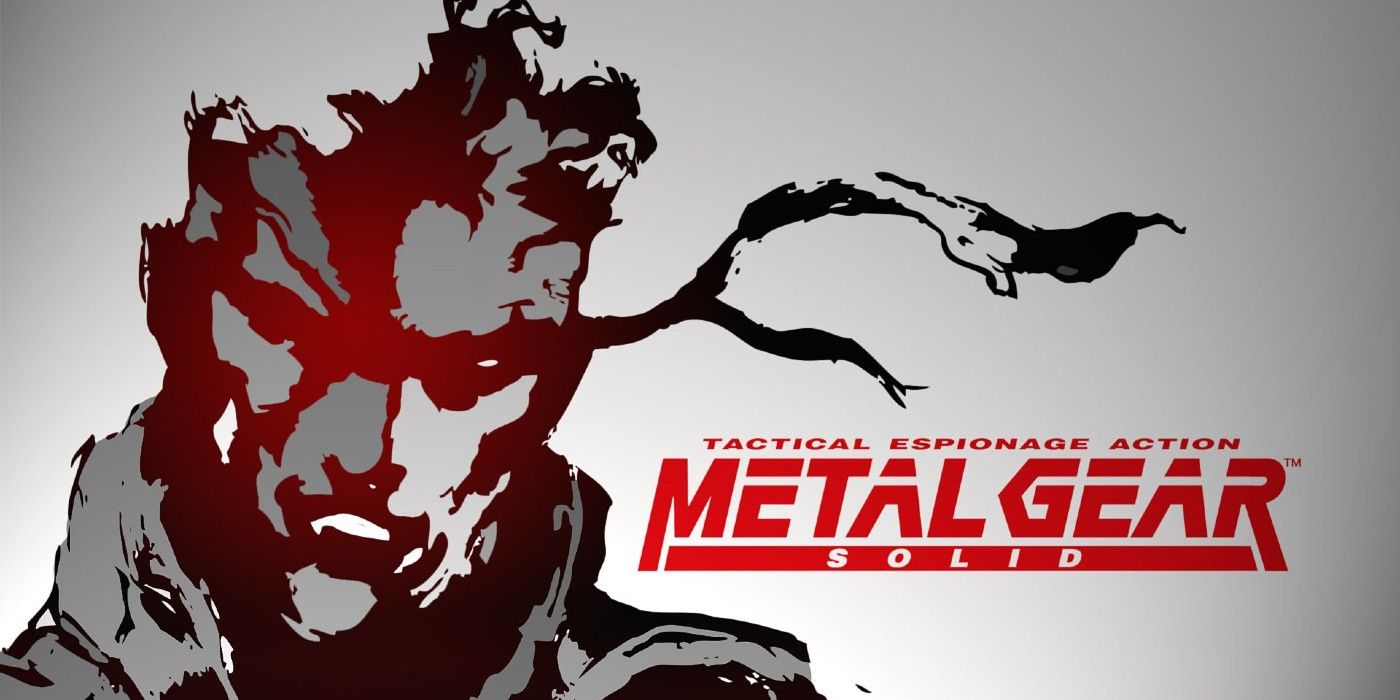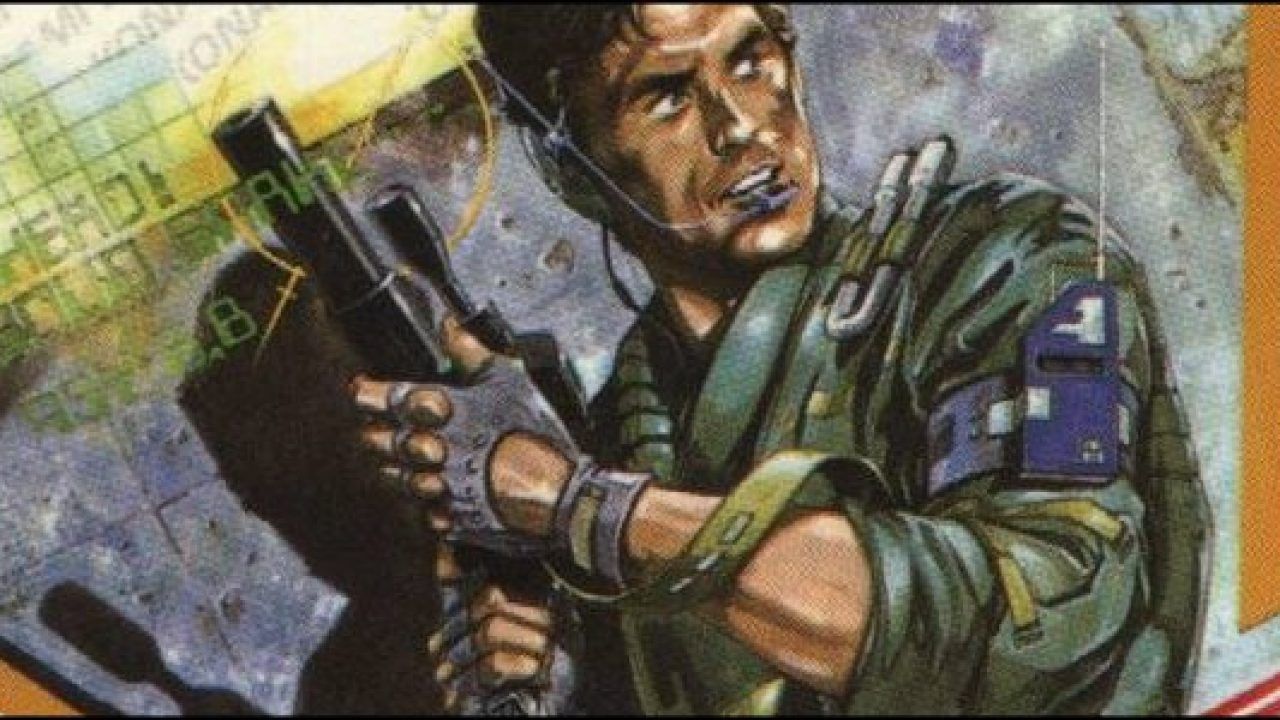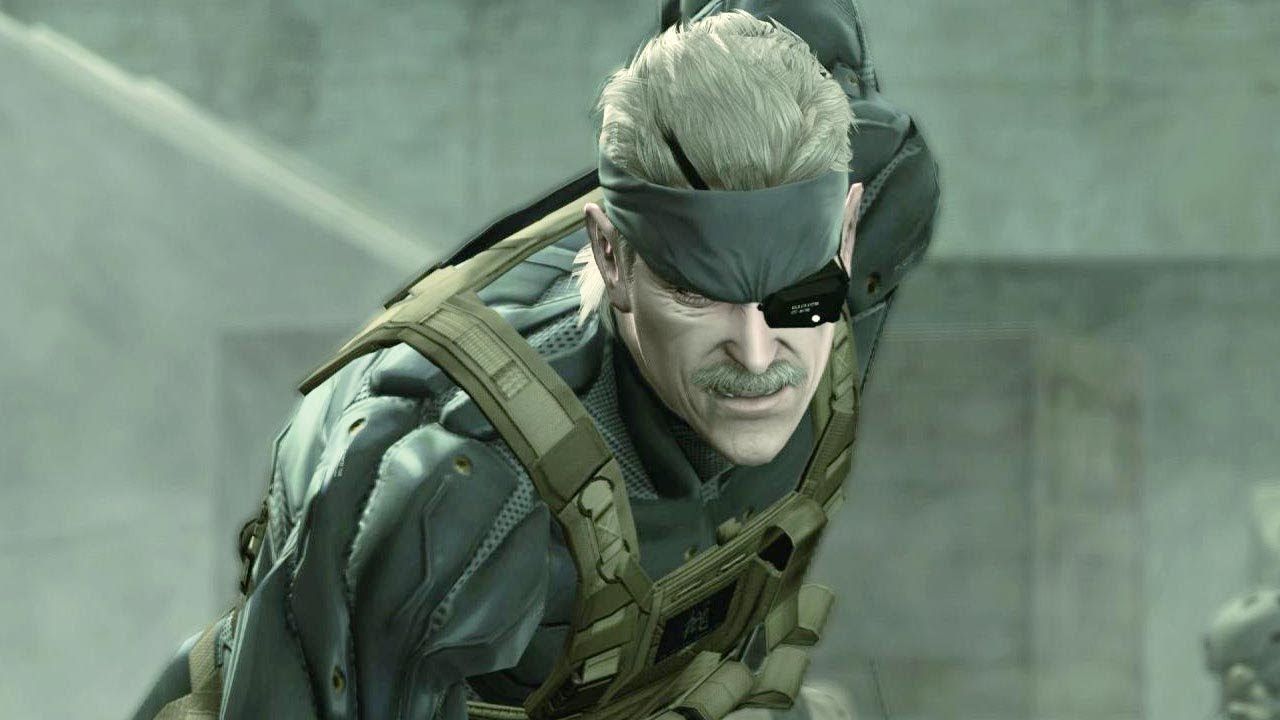If there's one word to sum up Hideo Kojima's Metal Gear Solid series, it's "complicated." Nowhere is this more evident than in the franchise's long, convoluted timeline; filled with prequels, sequels, and non-canon spin-offs. This, combined with titles such as Metal Gear Solid 4 being stuck on PS3, makes the series very hard to approach for newcomers looking to get into Hideo Kojima and Konami's iconic stealth series that shaped modern games.
To alleviate some of the stress, here is a full chronological breakdown of the Metal Gear Solid series. The only major caveat for what follows is that this list will only include canonical titles, which generally means titles directed by Hideo Kojima himself. This is mainly because spin-off titles such as Metal Gear Acid and Metal Gear Rising: Revengeance, while great titles in their own right, do not include any story elements that tie into the rest of the series and stand separate from the main Solid Snake saga.
It is also worth briefly mentioning that the Metal Gear Solid games operate on the belief that players have been following the series in release order (this includes the original Metal Gear and Metal Gear 2: Solid Snake.) So if players are experiencing the series for the first time, it might be worth playing through them in release order as opposed to chronological order as certain twists and character interactions might not make sense to them.
Metal Gear Solid 3: Snake Eater (1964)
Starting out is Metal Gear Solid 3: Snake Eater, which is the earliest title in the timeline. This game is set during the Cold War and follows FOX operative Naked Snake (later known as Big Boss) who is on a mission to assassinate his former mentor after she defects to the Soviet Union. All the while, he's also tasked with sabotaging a mysterious superweapon and rescuing its architect.
A step back in time, Metal Gear Solid 3 was a huge breath of fresh air for the series when it released in 2004, and added a slew of new game mechanics to match its new setting. It also includes one of the most emotional stories in the series, however for newcomers this game is an immediate sign that fans should probably play the series in release order, with its many nods to past titles and story that builds off context given in even the MSX games.
Metal Gear Solid: Peace Walker (1974)
Keeping with Big Boss this time, Metal Gear Solid: Peace Walkertakes place ten years after Snake Eater and follows Snake as he establishes his own mercenary unit in Costa Rica after leaving the United States. Here, Big Boss is tapped to investigate a mysterious militia that is developing nuclear weapons within the country that could tip the balance of power, resulting in a war.
Metal Gear Solid 5: Ground Zeroes (1975,) The Phantom Pain (1984)
Now for a double-bill of Metal Gear Solid 5, given that Ground Zeroes was more or less an expository demo for what was to come with The Phantom Pain. Ground Zeroes follows Big Boss one year on from Peace Walker, as he infiltrates a military camp in Cuba which is holding one of Snake's colleagues, Cipher agent Paz Ortega Andrade, hostage. During the incident, Snake is injured and left comatose for almost 10 years, which leads to the events of Metal Gear Solid 5: The Phantom Pain.
Metal Gear Solid 5: The Phantom Pain follows Big Boss, now dubbed "Venom Snake." Snake reawakens to learn that his entire mercenary group has been disbanded during his coma, and he and Miller soon set out to make their revenge. Along the way they encounter series mainstays such as Ocelot and new characters like Quiet, while rebuilding their mercenary group under the title "Diamond Dogs."
Metal Gear (1994,) Metal Gear 2: Solid Snake (1999)
After four titles, we've finally made it to the games that started it all; Hideo Kojima's directorial debut of Metal Gear, and its sequel, Metal Gear 2: Solid Snake. These two games were Japan exclusive all the way up until 2005, when they were included with Metal Gear Solid 3: Subsistence.
Despite releasing in the mid-80s, the first Metal Gear is set in 1994 and follows FOXHOUND special operative Solid Snake as he infiltrates the South African military camp, Outer Haven. Snake's mission is to destroy Metal Gear, a mechanized tank capable of launching nuclear missiles. Despite releasing on 8-bit hardware, this title set the standard for many of the series' traditions such as longwinded codec conversations, an emphasis on storytelling, and the gameplay formula perfected in later titles.
Metal Gear 2: Snake Snakefollows up the original game by featuring Snake infiltrating Zanzibar Land in Central Asia in the year 1999. Snake's tasked with rescuing Dr. Kio Marv, a scientist responsible for assisting the engineering of Metal Gear D., a new version of Metal Gear that Snake previously destroyed.
Metal Gear Solid (2005)
Now for the game that made Hideo Kojima a household name amongst the games industry, and brought Metal Gear to western audiences, Metal Gear Solid. This once again features Solid Snake as he infiltrates a nuclear base on Shadow Moses Island to rescue two scientists behind the newest version of Metal Gear. This is the title that defined Metal Gear, introducing iconic characters such as Meryl, Liquid Snake, Psycho Mantis, and Sniper Wolf. It's also one of the most successful transitions to 3D for a 2D franchise ever, up there with titles such as Super Mario 64 and The Legend of Zelda: Ocarina of Time.
Metal Gear Solid 2: Sons of Liberty (2007-2009)
Metal Gear Solid 2: Sons of Liberty was one of the most anticipated video game sequels of all time when it released in 2001, and while it certainly subverted fans' expectations with many twists and turns, it was definitely not a disappointment. Metal Gear Solid 2 is centered around the titular Sons of Liberty, a terrorist organization that is holding the President of the United States hostage. Snake is sent to investigate the off-shore environmental facility Big Shore, shortly before players are introduced to Raiden, who takes over for the majority of the game.
Metal Gear Solid 4: Guns of the Patriots (2014)
Finally, the last entry in the Metal Gear Solid series chronologically, Metal Gear Solid 4 follows Solid Snake (now known as "Old Snake") as he is rapidly aging. Snake goes on one last mission to assassinate his brother Liquid Snake, who has possessed Revolver Ocelot's body. This entry is the final game to feature Solid Snake and features many call-backs to the franchise's past. Acting as one last farewell for one of gaming's most beloved protagonists, Metal Gear Solid 4 is a fitting end to the Metal Gear Solid series as a whole.
There you have it, the entire chronological breakdown of the canonical Metal Gear Solid series, and an entire overview of the sagas of both Big Boss and Solid Snake. While the future of the series seems very uncertain, it's never too late to start your journey through the Metal Gear series.

